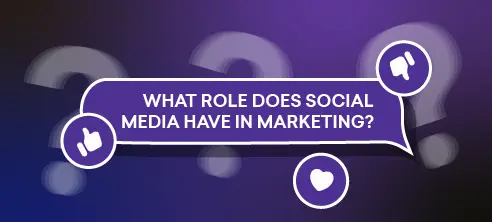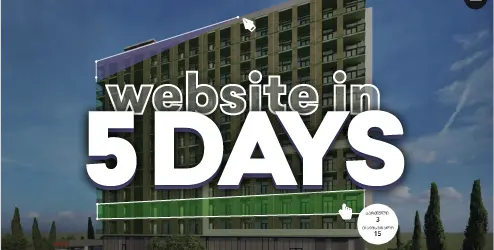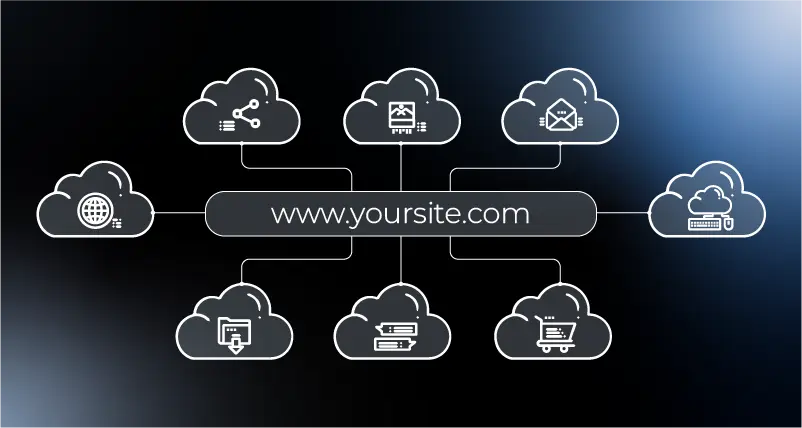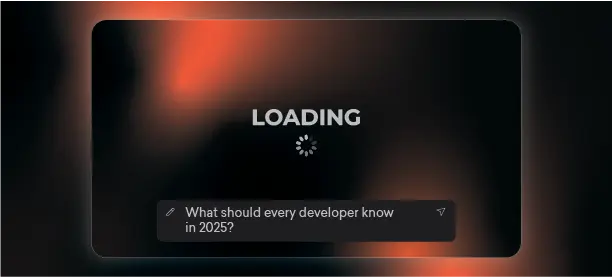The digital world is changing day by day and web design is at the forefront of these changes. In 2025, special attention is paid to creating websites that are not only attractive but also functional, inclusive, and technologically advanced. Let's take a look at what trends will define web design in 2025 and how these will change our online experience.
1. Three-dimensional (3D) experience
Technologies like WebGL, Three.js, and Babylon.js are taking 3D graphics capabilities in the browser to whole new heights. In 2025, consumers will be able to interact with products, environments, or services completely new. Online stores already show customers 3D products, while educational and corporate websites explain complex concepts with interactive models. The main challenge for designers is to create impressive visuals without compromising page loading speed and compatibility with mobile devices.
2. Personalization based on Artificial Intelligence
Artificial intelligence is revolutionizing web design - websites can now adapt to user needs in real-time. AI analyzes user behavior and accordingly changes content, offers products, and customizes site layout to individual requirements. For example, an online clothing store can offer a summer collection to a customer living in a warm region, or make recommendations based on previous purchases. This level of personalization not only increases customer satisfaction but also improves sales figures.
3. Minimalist maximalism
Although minimalism has long been an important part of web design, 2025 sees a new, bold approach - minimalist maximalism. This trend combines simple, functional layouts with effective elements such as large fonts, vibrant gradients, and complex illustrations. The result is a visually appealing design that is easy to use and intuitive.
Website design trends in 2025
Author: Tea Khutashvili
Published
10.01.2025
Time to read
0 min read
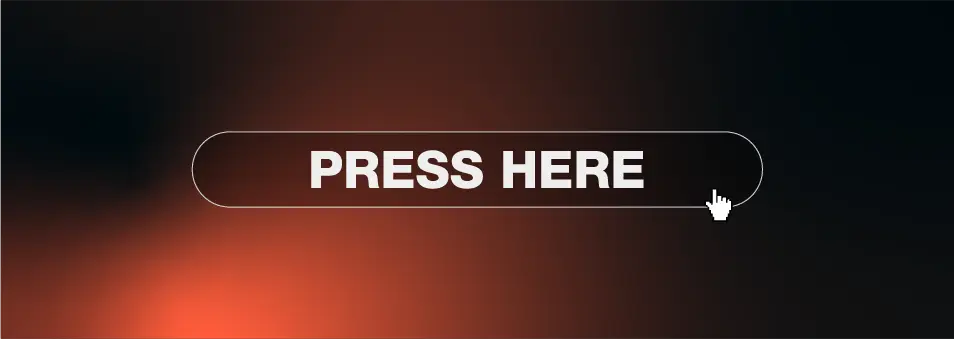
4. Accessibility and inclusiveness
Web accessibility is no longer just an added feature—it's an essential design component. Websites in 2025 will focus on inclusivity with the following features:
Voice control system for users with limited mobility;
Flexible text size and color contrast control for better readability;
Full keyboard navigation for those who cannot use a mouse;
AI-based subtitling and translation tools for global accessibility;
This practice not only meets legal requirements but also reflects the social responsibility of companies.
5. Dark Mode
Dark Mode has been popular for years, but in 2025 it's evolving and becoming even more popular. This feature automatically adjusts the brightness and contrast of the site's dark theme based on ambient lighting conditions and user preferences. This reduces eye strain and saves the device's battery power, offering both practical and aesthetic benefits.
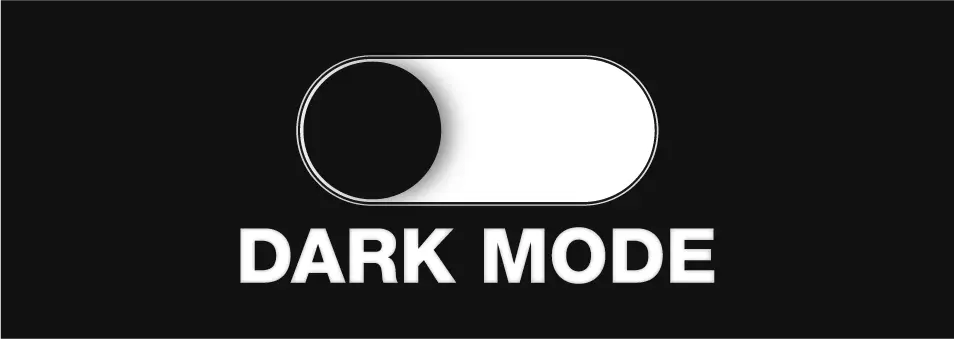
6. Sustainable web design
As environmental awareness grows, web design is increasingly considering the principles of sustainability. Optimized code, improved images, and green hosting solutions come as standard. Designers pay special attention to making energy-efficient websites in the following ways:
JavaScript and CSS code optimization;
Step-by-step loading of images and videos;
Use caching to reduce server load;
These efforts reduce the ecological footprint of websites and improve site performance and user satisfaction.
7. Micro-interactions and animations
Micro-interactions - subtle animations in response to user actions - are gaining more and more importance. In 2025, they are used to provide quick feedback, improve navigation, and enrich the user experience. For example:
Buttons that change color or size when pressed;
Animated hints that explain functions;
Progress indicators that visually indicate the progress of the process;
These details make the site more interactive and attractive without being too overwhelming.
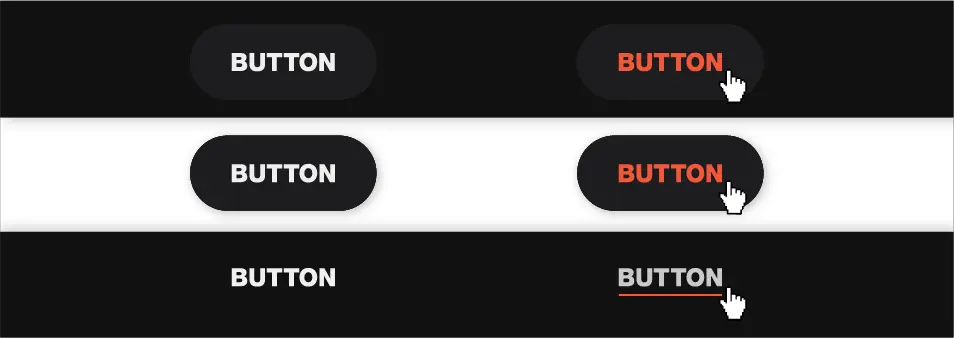
9. AI-based design
Artificial intelligence is no longer just a tool for personalizing websites - it already creates the design itself. Tools like Adobe Firefly and Figma's AI tools create layouts, color schemes, and complete prototypes based on the user's instructions. By automating routine tasks, these tools allow designers to spend more time on creativity and strategic planning.
10. Retro design
Retro-futurism returns with a modern interpretation, combining nostalgic elements with the latest functionality. The main features of this trend are:
Pixel art;
Bold, retro-style fonts;
A grid layout reminiscent of early web design;
This approach responds to the growing interest in nostalgia while offering modern, futuristic elements.
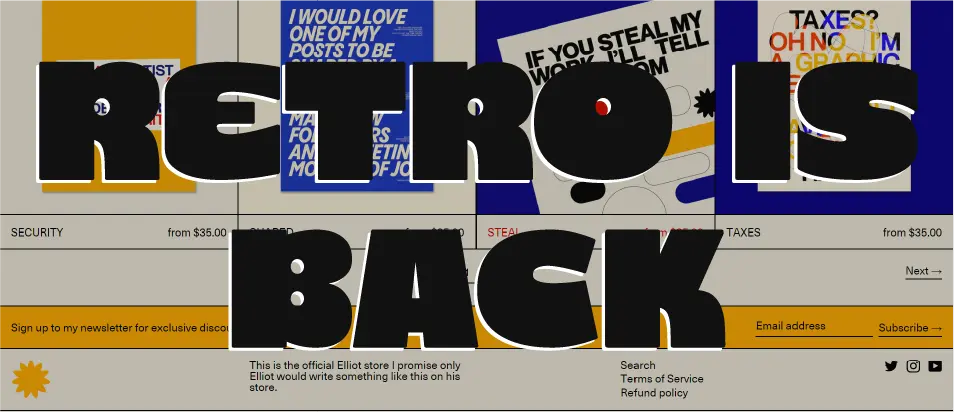
11. Color Trends
Color trends in web design in 2025 are changing significantly in the direction of digital comfort. While bold, saturated colors were popular in previous years, designers now prefer a less stark and natural palette.
These thoughtfully chosen colors create a comfortable digital space and reduce visual clutter. However, this does not mean that the design becomes boring - rich, warm tones create interesting visuals and naturally guide the user. Multi-tonal color schemes that combine both sophistication and warmth are becoming especially popular. Mocha Mousse has been chosen as the Pantone color of 2025.
12. Typography
Fonts are becoming even more important in web design. Variable fonts offer flexible styling with fast loading. Maximal typography with large and multi-layered texts, as well as contrasting combinations of serif and sans-serif fonts, are becoming popular.
13. Voice Interfaces
The way information is received is changing - instead of typing text, users are using voice commands more often. Web design is adapting to this trend by integrating voice prompts and virtual assistants. More websites are expected to introduce voice search alongside traditional text search.

14. Virtual Reality
VR experiences on websites are becoming more and more widespread. Big brands already use VR technologies, product visualization, and space planning tools. These features are no longer just a novelty – they are becoming an essential part of online shopping, helping consumers make decisions easily from the comfort of their homes.
15. Gamified Design
Integrating game elements (scores, rewards, challenges) into websites increases user engagement. Interactive sections such as:
Quizzes
Surveys;
Contests and challenges;
Not only does it improve the user experience, but it also helps businesses gain more insight into their audience.

The web design trends of 2025 reflect the balance between innovation, functionality, and social responsibility. From 3D experiences to sustainable practices, these directions define the future of modern websites. By keeping these trends in mind, businesses can create an engaging, inclusive, and effective digital presence in an ever-changing online world.






